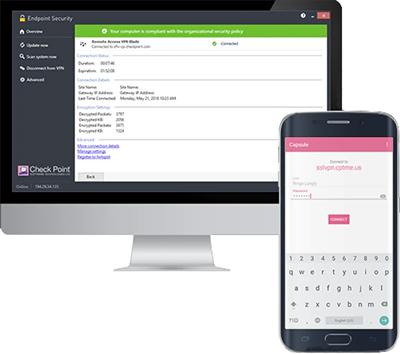


Lifetime: Specifies the lifetime of the Phase. This shared key is used to protect Phase 2 negotiations, unless PFS (Perfect forward secrecy) for Phase 2 is enabled, which causes the gateway to run DH again in Phase 2 to generate a new shared key for encryption.Īuthentication method: Can be either a pre-shared Key or a Certificate Through math they arrive at a symmetric shared key. DH starts by exchanging public and private keys. It is used in IPsec for authentication.Įncryption Algorithm: It is used for encryption (DES, 3DES, AES).ĭiffie-Hellman (DH): The Diffie-Hellman (DH) key exchange algorithm is a method used to make a shared encryption key available to two entities without an exchange of the key. No other party cannot predict the function value in advance. Contains nonce values from the initiator and the responder. Hash Algorithm: Hash is a pseudo-random function (PRFs).

Phase 1 Includes: Hash algorithm, Encryption Algorithm, Diffie-Hellman (DH), Authentication Method and Lifetime of the IKE Phase 1 tunnel. Asymmetric encryption is used to build a first phase, since it is more secure (but more CPU intensive) The main purpose of phase 1 is to establish a secure connection and authenticate peers. Internet Key Exchange (IKE) is the protocol used to set up a secure authenticated communication between peers NAT Traversal is used to overcome NAT, since ESP doesn’t support NAT, the technology adds a fake UDP port 4500 header on each IPsec packet
#Check point vpn tunnel encrytion software
I have been working as a Technical Support for Check Point Software Technologies in a VPN team. I want to share some of my expertise that might be helpful. My name is Evgenii, and I have been working with networking products for years.


 0 kommentar(er)
0 kommentar(er)
